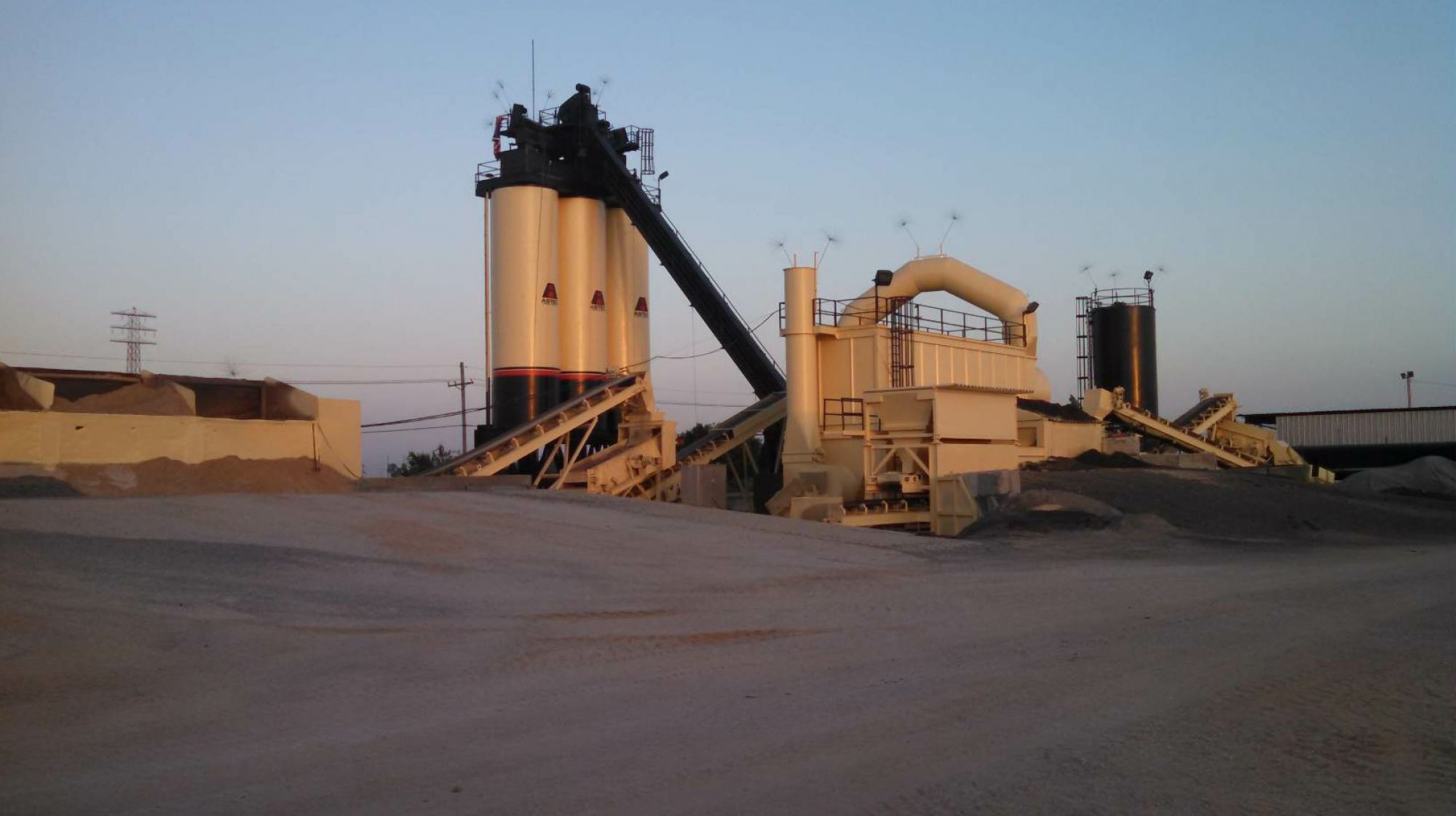7 Top Tips for Plant Production Success
BY AsphaltPro Staff

At the 41st annual Asphalt Contractors of Florida Association (ACAF) meeting at the end of November, Duval Asphalt’s T.J. Young presented the industry mix production best practices as determined by a working group in the state. Young served on the “committee” that narrowed down mix success to seven important areas, and reminded the audience that the goal was to keep it simple.
Here are the group’s Top 7 Best Practices For Mix Success.
1. Know What’s in Your Stockpiles.
Producers know gradation and quality will vary from the quarry. Stay aware of this. Map the stockpile and manage the stockpile.
AsphaltPro magazine is one of many voices that has shared best stockpile management practices over the years. Check out the article Manage Aggregates Easily for good tips on slope, drainage, building, putting dividers and bulkheads between piles, and more. Remember that you want to work on a first-in first-out (FIFO) production method, not last-in first-out.
2. Keep Your Plant Calibrated.
You don’t want to wait until there’s a problem with the mix to check calibration of the plant. Producers need to own the fact that calibrations will shift, so make checking all settings part of the routine. Young reminded us, “checking ain’t changing.” You aren’t necessarily going to find a problem each time you run a calibration, but you’ll be thankful on those times when you do.
Here’s a tip: Before you move a gate, use a Sharpie marker to draw a line on the component so you put the gate back where it belongs.
You can calibrate the tanks one day, the weigh bridges another day, etc. Whatever schedule you choose, there are consultants, OEMs, components suppliers and others willing to help you get started.

If your facility still uses wheel loaders to get material from stockpiles to feed bins or from piles to crushers or screens, make sure operators are trained for the most fuel efficient use of equipment. Photo courtesy Case Construction Equipment.
3. Produce in Long Runs.
Producers will want to stagger start times on different mixes to make sure the plant has time to level out for each one. It will take about 20 to 30 tons to level out. You want to produce one silo at a time and run in 100-ton runs, minimum. Don’t bounce between mixes rapidly if you can help it. That means scheduling customers as best you can. If you know you’ll be loading out 500 tons for your own crews on a state project using a state mix, you don’t want to interrupt that with 50 tons of another type of mix for Customer ABC. Figure out if Customer ABC can take 50 tons of the state mix, or if you need to store a 100-ton run of something Customer ABC and Customer XYZ can take in the middle of the day. Plan ahead.
4. Produce in Steady Runs.
Remember that it takes time for the baghouse fines to stabilize after you change temperatures or materials. You don’t want to raise and tower the tons per hour rapidly.
5. Control Your Mix within 10 Degrees.
The mix going to the project probably has a spec to match and can’t vary more than 20 or 25 degrees. The foreman on the job will be monitoring this. The plant operator, too, should be watching temperature, and there are half a dozen ways to do this. Of course, the temperature affects field density.
6. Load in Multiple Drops.
When loading out the trucks, use the three-drop method that you’ve seen in AsphaltPro before. You will load in the front, back, middle configuration to minimize material segregation.

One point Young and members of the audience discussed was that of “chattering” the silo gates. If you’ve emptied the silo cone in any manner that isn’t in accordance with best practices, don’t try to test the load for pay factors.
7. Make Calculated Mix Changes.
Wait and look for a trend before making a change to the mix. When you do make a change, don’t make it rapidly.
